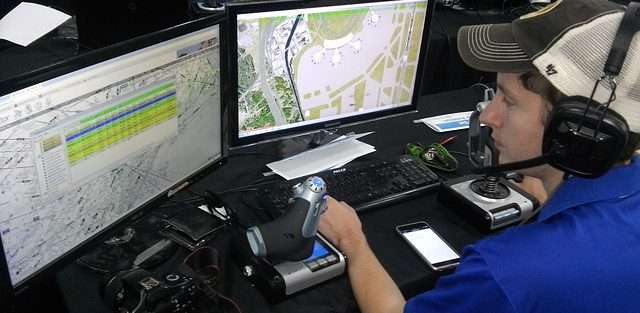Radar Flight Following

The Role of the Air Traffic Controllers
ATC will monitor the aircraft’s flight while in their controlled airspace. As the jet transitions into a new airspace, the ATC will handoff their observational duties to another controller. Observational duties include both communicational and directional control of the aircraft being followed. The handoff can occur between controllers in the same tower or to different towers or agencies. This ensures that the flight is monitored continuously throughout the duration of its trip. During radar flight following, the ATC will provide separation between VFR and IFR traffic while maintaining the continuous and safe flow of traffic in and out of airports safely. It’s worth noting that a large or small aircraft will not be followed unless the pilot specifically requests it. Because of this, not all aircraft are provided with private separation. To help prevent possible collisions, the FAA strongly recommends that all pilots flying lengthy legs do so under radar flight following.Radar flight following is the observation of a radar identified large or small aircraft. This is done when the aircraft operator requests the service from air traffic control (ATC). Before an aircraft take-offs, the pilot will contact the ATC and request radar flight following. The pilot must then cancel it upon landing at the intended destination.
The Role of the Air Traffic Controllers
ATC will monitor the aircraft’s flight while in their controlled airspace. As the jet transitions into a new airspace, the ATC will handoff their observational duties to another controller. Observational duties include both communicational and directional control of the aircraft being followed. The handoff can occur between controllers in the same tower or to different towers or agencies. This ensures that the flight is monitored continuously throughout the duration of its trip.
During radar flight following, the ATC will provide separation between VFR and IFR traffic while maintaining the continuous and safe flow of traffic in and out of airports safely.
It’s worth noting that a large or small aircraft will not be followed unless the pilot specifically requests it. Because of this, not all aircraft are provided with private separation. To help prevent possible collisions, the FAA strongly recommends that all pilots flying lengthy legs do so under radar flight following.








